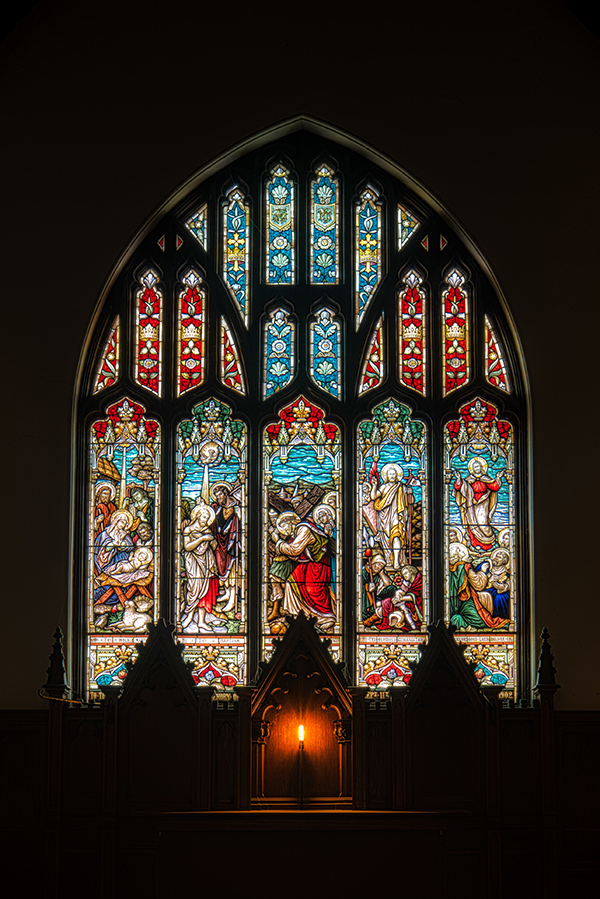Three portraits to understand the incarnate God we find in John 3

As you may know, Patty and I have been in eastern Europe for a couple weeks, visiting our daughter and son-in-law and, of course, Pollyanna, one of our precious granddaughters (now 10 months old!). While in three eastern European countries—Hungary, Slovakia, and Poland—we attended a significant missions conference (which I will tell about later), but we’ve also visited some amazing tourist sites, namely medieval castles and majestic church cathedrals. At these incredible structures are some world-famous marble carvings, giant tapestries, and larger-than-life wall murals—huge paintings that adorn the halls and walls of these religious sites. It struck me that not only are these paintings and sculptures priceless works of art, but they were created as a method of teaching the grand story of knowing God to a large population who could not read the Bible for themselves; about 80% of the medieval population were illiterate, so God’s Word and truth were taught through the creativity of art. Portraits were created in and around churches to help people KNOW GOD.
As you prepare to gather for worship and teaching this coming Sunday, I want you to read carefully the famous story in John 3. Yes, this is the chapter in which we find one of the most famous Bible verses, often posted on billboards, signs, and even at sporting events:
John 3:16 "For God so loved the world that he gave his one and only Son, that whoever believes in him shall not perish but have eternal life."
As I walk through this passage on Sunday, I will share three portraits that I see on display in this story that help us understand the INCARNATE GOD.
Why am I teaching John 3 during the Advent season? The incarnation is far, far more than just a romantic story of a sweet baby born in a stable in Bethlehem during tough times in the world. (Don’t worry, I am teaching that amazing story from Luke 2 next Sunday!) In order to grasp the full implication of the Incarnation—that is, God having come in the flesh—we need understand what Jesus teaches us. John 3 reveals a conversation between Jesus and the religious scholar Nicodemus. Before you come to worship Sunday morning, read John 3 slowly. Look for the following portraits on display; contemplate the highlighted verses and think through what we see about the incarnation of God.
Portrait 1: Knowing God the Almighty
…the eternal, one and only Sovereign over the eternal Kingdom
- see John 3:2; 3:8; 3:12; 3:19; 3:31
- Key Word: Distance
- What distance did God come?
- The full depth of the Incarnate God can only be understood when we grasp the distance between the Almighty and all else in creation!
- Key Word: Distance
Portrait 2:
Knowing Us who live in the flesh
- See John 3:3; 3:5; 3:18; 3:3:36
- Key Word: Flesh
- What is the trap of our life in the flesh?
- The full impact of the Incarnate God can only be understood when we grasp the full mortality and doomed state in which we as humanity find ourselves—and the “born again” opportunity that lies before us.
- The undeserved us—who are born in the flesh (see John 3:6)—are destined for wrath.
Portrait 3: the Incarnate God
…the great I AM, the one who has descended among us—the Son of Man
- See John 3:3; 3:13; 3:16; 3:17; 3:18
- Key word: Path
- Did the holy, eternal God make a path for us as we live in the flesh?The full impact of the incarnate God can only be lived when we accept by personal faith the one and only Son of God—Jesus—and all he has made available for us to be children of God.
- Faith in the one and only God in the Flesh—Jesus Christ, who came to make the path back to God available for anyone who believes
See you this coming Sunday morning at 10 a.m. for our third Sunday of Advent!
Come prepared!
